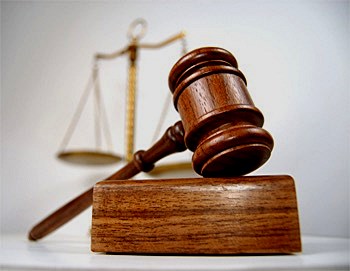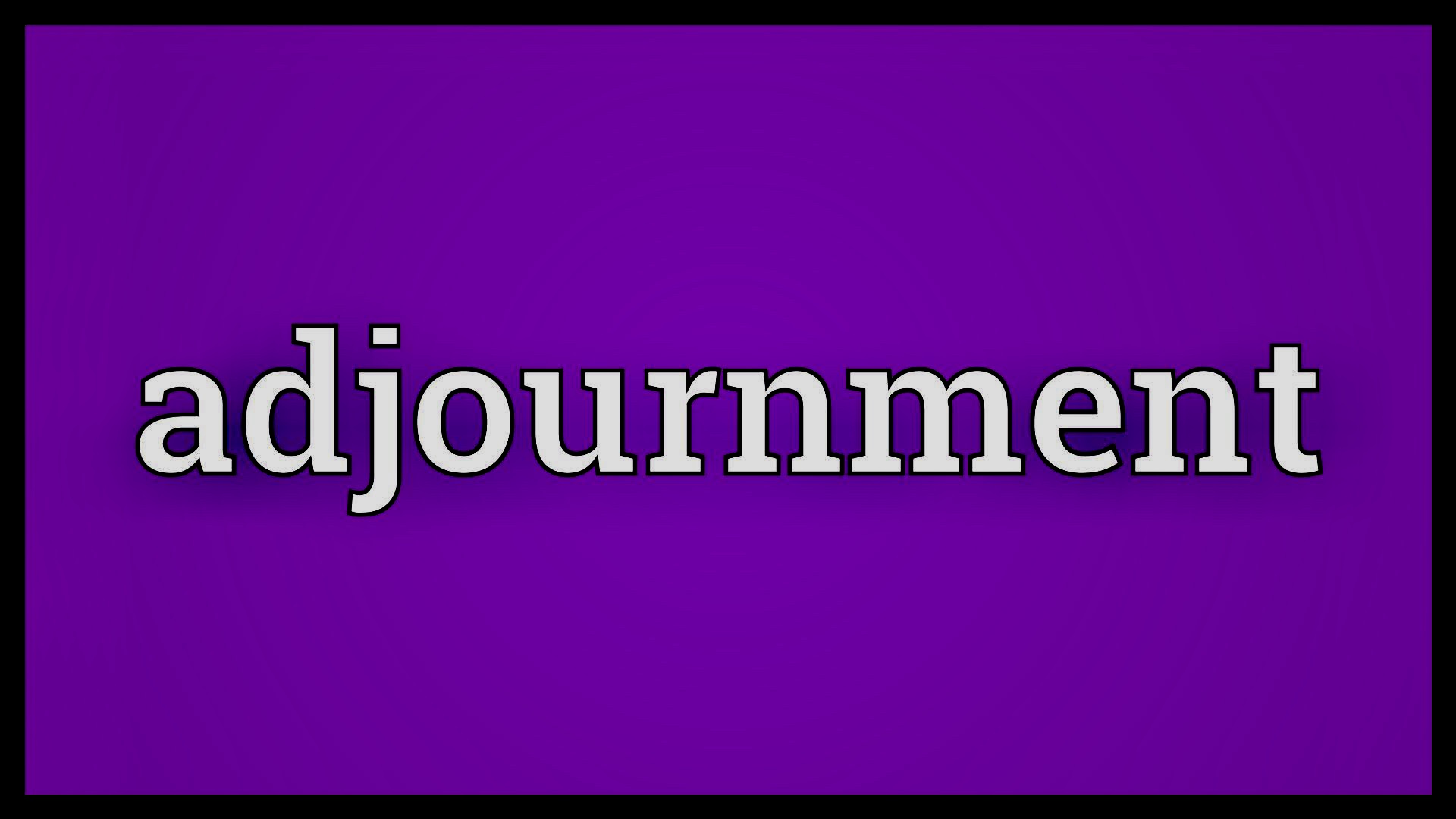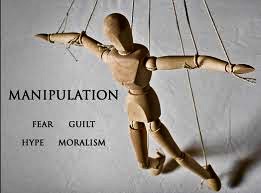Probably the most difficult area of estate litigation has to do with court actions such as lack of mental capacity to make a will, be financial responsible, make a substantial gift, or be subject to undue influence to name a few. The common denominator was whether the transferor or will maker had sufficient mental capacity to make an informed and independent decision affecting their wealth and finances.
Dementia is marked by a severe decline in cognitive functions, such as thinking, reasoning, and remembering, to the extent that it interferes with the person’s daily life.’
It is estimated that about %80 of dementias are progressive with Alzheimer’s being the most prevalent.
Dementia typically affects older adults, but it is not a normal part of the aging process—while some amount of forgetfulness is normal with age,
dementia is a severe disorder that can affect the person’s ability to function on a daily basis.
According to the National Institute on Aging, about one-third of all people above the age of 85 have some form of dementia.’ Dementia can stem from
various causes, the most common being Alzheimer’s disease.3 Some of the other causes include Parkinson’s disease, Lewy body dementia, and
frontotemporal dementia.
Dementia progresses in typically 7 stages, ranging from mild to severe.’
The 7 stages of progressive dementia are as follows:
1. No cognitive decline
2. Very mild cognitive decline
3. Mild cognitive decline
4. Moderate cognitive decline
5. Moderately severe cognitive decline
6. Severe cognitive decline
7. Very severe cognitive decline
Stages 1 to 3 are the pre-dementia stages; whereas Stages 4 to 7 are thedementia stages.6 Clinicians typically compare the person’s symptoms to the
criteria listed for each stage and use their judgment to determine whichstage the patient is at.7
The 7 Stages of Dementia
Stage 1: No Cognitive Decline
At this stage, the person is able to function normally and doesn’t exhibit anysigns of memory loss, confusion, or cognitive impairment
However, the structure and functioning of their brain may have started todeteriorate,8 as the neurons (nerve cells) in their brain start to lose
connection with other brain cells and die.
Stage 2: Very Mild Cognitive Decline
The person starts to experience occasional lapses of memory, such as:
· Forgetting where they keep familiar everyday objects
· Forgetting names they once knew very well
At this stage, the symptoms are unlikely to affect the person’s work or social interactions.
In fact, the symptoms may even be too mild to detect in a clinical interview with a healthcare provider, as the person may be able to adequately perform
memory tests during the interview.
Stage 3: Mild Cognitive Decline
This is the stage where cognitive impairment starts to become more noticeable to the patient, as well as their friends, family members, and
colleagues.
The person may start to show symptoms such as:
· Getting lost while walking or driving, particularly in unfamiliar places
· Reading something and retaining very little of it
· Forgetting the names of people they’ve just met
· Losing items of importance or value
· Having trouble concentrating and performing complex tasks
· Experiencing increasing difficulty in social settings
· Frequently forgetting words and the names of loved ones
· Performing poorly at work, to the extent that it becomes evident to
colleagues
The person may start to feel anxious as their symptoms start to become
apparent and interfere with their ability to function.
Stage 4: Moderate Cognitive Decline
In this stage, the person will exhibit a definitive decline in cognitive ability in
a clinical interview.
Some of the symptoms of this stage may include:
· Lack of knowledge of current and recent events
· Difficulty remembering parts of their own personal history
· Trouble with organizing, planning, traveling, and managing finances
At this stage, the person will likely still be able to recognize loved ones’ names and faces, and be able to navigate familiar places. However, they
may start to avoid challenging situations in order to prevent anxiety and hide their distress from others.
Stage 5: Moderately Severe Cognitive Decline
From this stage onward, the person may no longer be able to function
without some assistance.
These are some of the symptoms of this stage:
· Difficulty recalling an important detail such as their address, phone number, or high school
· Disorientation in terms of place and time, such as confusion regarding the season, date, day of the week, or time of day
· Difficulty counting backward from 20 by 2s or from 40s by 4s
(provided they are educated and were once able to do this calculation)
· Trouble with making decisions
In this stage, the person can likely still remember their own name and the names of their spouse and children, but they may struggle with recalling the
names of their grandchildren. They may be able to eat and use the bathroom without assistance, but may need help with tasks such as deciding
what to wear.
Stage 6: Severe Cognitive Decline
At this stage, the person may require a high degree of care, as they may have symptoms such as:
· Difficulty remembering the names of their spouse, children, or primary caregivers
· Lack of awareness regarding all the recent events and experiences in their life
· Patchy or skewed recollection of their early life
· Difficulty counting backward or forward to 10
· Lack of awareness regarding their surroundings as well as the time and place
· Inability to travel alone without assistance
· Tendency to wander
The person is also likely to experience emotional and personality changes such as:
· Paranoia, hallucinations, and delusional behavior, such as talking to themselves or believing their caregivers are trying to harm them
· Obsessive symptoms, such as repeatedly performing cleaning activities
· Agitation, anxiety, and even violent behavior
· Loss of willpower, due to being unable to carry a thought long enough to complete the action
During this stage, the person is likely to still be able to remember their name, as well as distinguish between familiar and unfamiliar people in their environment. They will probably need assistance with daily living activities and may experience incontinence as well as sleep-related difficulties
Stage 7: Very Severe Cognitive Decline
In the final stage, the brain appears to lose its connection to the body and
becomes incapable of telling it what to do.
The person is likely to progressively lose their motor skills as well as the ability to speak. They may only be able to utter unintelligible sounds or words, if at all. They will need assistance with all personal care tasks such as eating, walking, and using the bathroom.










